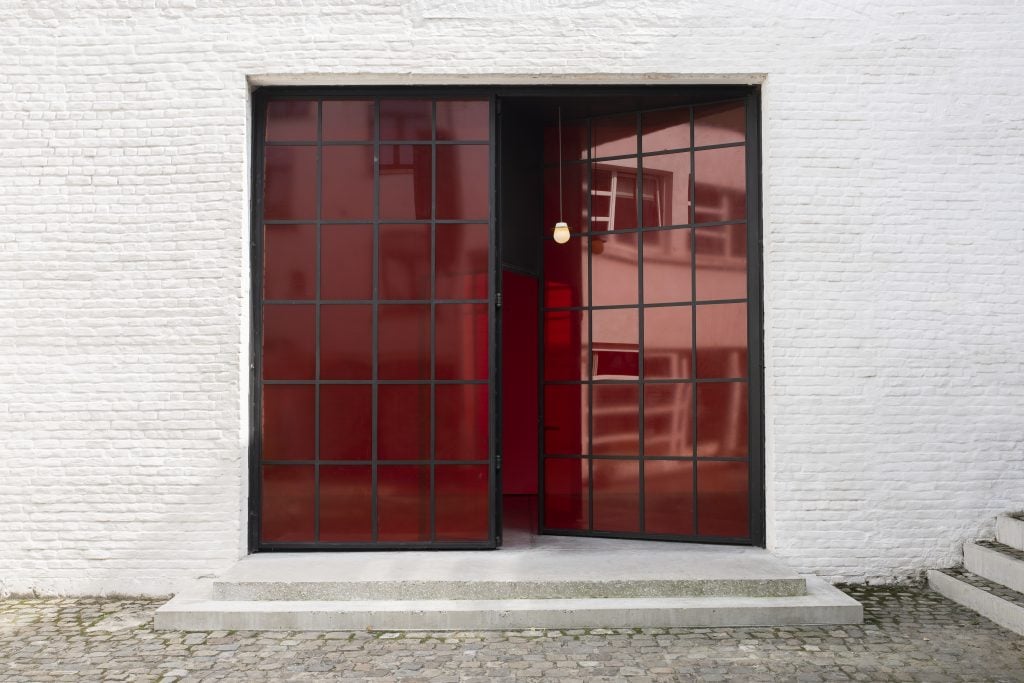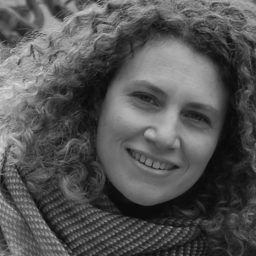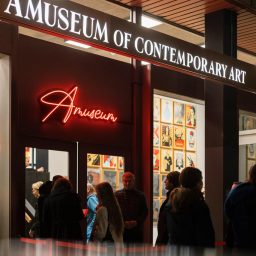In a recent conversation with a handful of American artists, Artnet News asked which galleries they felt genuinely worked to build artists’ careers. Clearing, all agreed, was one such gallery.
Launched in Brooklyn in 2011 by France-born Olivier Babin, Clearing (whose official name is spelled with all capital letters) opened a second large space only a year later in Brussels. Babin had reason to rush. The move was a stunt aimed at sliding into Basel’s Liste art fair, which was heavily Eurocentric at the time. It didn’t work—they weren’t accepted until three years later.
But Babin’s uninhibited pluck turned out to be a solid strategy. The gallery has stayed in the city, where it’s now a much-respected pillar of Brussels’ vibrant art scene. (For the upcoming Brussels Gallery Weekend, Clearing will exhibit work by Koenraad Dedobbeleer and Adam Alessi.)
The gallery continues to expand. In 2020, it cracked the Los Angeles market with a space in Beverly Hills. Zoning laws recently forced them to leave that location, and Clearing will open a temporary space in East Hollywood, at 530 North Western Street, a neighborhood where David Zwirner and several other galleries are opening shop. Later this year, Clearing will also leave its much-loved Brooklyn space and move to a more central venue in Manhattan.
Artnet News spoke with Babin about his ambitions for the gallery, how he holds onto his rising-star artists, and why being an art dealer is like farming. Here is an edited version of that conversation.

Olivier Babin of Clearing. Photo courtesy of Clearing.
How would you describe Clearing?
The core of the practice is to really work with young and emerging artists, and we continue to look in that direction, and give artists their first gallery show.
Now that you’ve expanded, do you plan to continue your focus on unknown artists? Or are you leaning towards recruiting artists with more established careers?
I don’t think it’s any kind of strategy. It’s very organic. It’s like farming. You cannot only reap. Of course, we’re also interested in showing more established artists. Harold Ancart was an emerging artist when we started together, and now he’s a mid-career to blue-chip artist, and we’re looking forward to the next step together. Same for Korakrit Arunanondchai and Calvin Marcus. I also don’t think that showing more established artists is only about asking, and them agreeing to show with us. People are very sensitive to the ecology and ecosystem of the gallery. And for us, being small-to-medium, we can’t flex too much. We can only try to be inspired and inspiring and continue to plant seeds for the future. I don’t think we can cut the bottom from the top. It’s a continuous chain.
Do you mean you’re not at a stage where you can recruit more established artists?
I wish we could show someone like Henry Taylor, of course. I love his work, and I love him. It’s pretty much the same job to sell a painting for $5,000 as it is to sell it for $50,000 or $5 billion. But it’s easier said than done. We’re getting there, step by step. I think that to be attractive to artists—young, mid-career, blue-chip artists—the gallery needs to be an interesting and fertile ecosystem. Of course, it’s very stimulating for young artists to be included in programs with blue-chip artists, and it’s actually really interesting for more established artists to be kept in touch with younger generations. It’s a matter of relevance. Nobody wants to be isolated at the top.
How do you maintain that ecosystem? You mentioned it’s a natural process.
It has to be really cohesive. When we bring people in, they have to fit with people who are already in. It’s like being on a boat. We don’t take votes, but it’s still very collegial. I listen to the artists we work with a lot—if they say I should see a work, or that I shouldn’t show an artist for whatever reason. We’re business associates and we’re on board the same ship.
Do you often find artists through other artists in your program?
Yes, it’s really a fabric. It started as one gallery, one artist, and now it’s a much more complex weaving. It’s like a spider web—something pulls on it, touches, and it vibrates in every direction. There are probably two types of galleries: more artist-centric galleries, and galleries that are collector-centric or money-centric. We are definitely an artist-centric gallery and intend to remain so. Our first audience and main actor is the artist as a group. It’s a community.
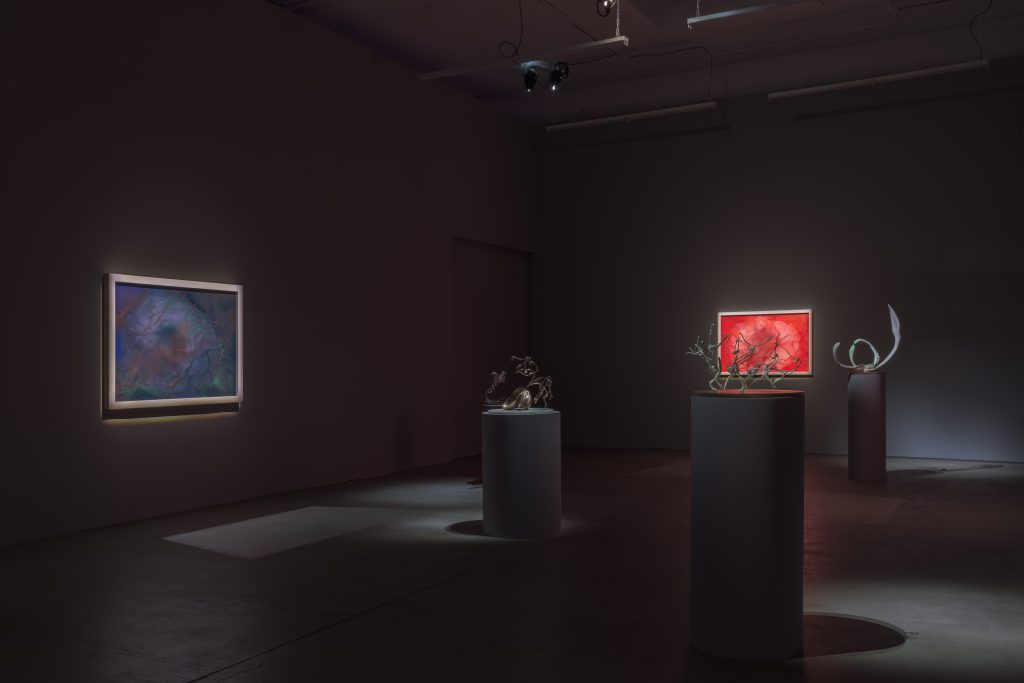
Clearing’s gallery in New York. Photo courtesy of Clearing.
Did your experience as an artist influence this approach?
It definitely didn’t start with collectors or money, because there was none of that. And for me it was more about trying to figure out the next step after opening my eyes to my condition of being a failed artist. I decided it was the end of the road for me as an artist, but it was not the end of every road, and definitely not the end of the world. Maybe having been an artist myself gave me more understanding and empathy. I probably look more at the ecosystem from the position of the artist, rather than looking down, and trying to puppet-master the whole thing.
Clearing is also known for being less formal in how things are done. How would you describe it?
If being casual is proximity and absence of ceremony when ceremony is not needed, then definitely. I’m a butler. My job is to serve artists and to serve collectors a little bit too, but mostly artists. So I make coffee for people. That’s the least I can do. We try to make ourselves helpful and useful. I think that’s the first question with an artist: What is it that we can do to help you?
How would you describe the gallery’s common thread?
Probably a sound or a smell, or a color, or a color palette—maybe there are several. A lot of the art we somehow choose is very classical, and very ancient in what it deals with … I think there’s a timelessness to it.
About your artists: I saw a 2014 article by W referring to the “boys of CLEARING gallery”—a boy’s club, as it were. This was a while back.
I remember. It was about the art tribes, and no, of course I don’t like that. Back in the day, my wife didn’t like that one bit. We’re not a boy’s club, and we don’t aspire to be one. When I entered the art world as a dealer, the art world was a boy’s club. I’ve always tried to just be a mirror of the world, and reflect the diversity of the world we live in. We don’t discriminate. I wish we had a higher proportion of female artists, but in 2022 we had shows with Marguerite Humeau, Lili Reynaud-Dewar, and Marina Pinsky, and we’re having a show with Daisy Sheff [who will inaugurate the gallery’s new Los Angeles space]. We’re having a show in Brussels with Meriem Bennani, who happens to be a female artist, but is first and foremost an amazing artist…. All our directors are women.
Could you talk more about helping build an artist’s career, rather than focusing on selling? Because obviously you need to sell.
To start with, it’s not like selling is disconnected to career-building. It’s very important to keep these two together, very tightly. When there’s a divorce, and selling is just about selling, you run into problems down the road. It’s very important to sell to the best people first, for instance, to make sure that the work is part of the most interesting and nourishing conversation. We’re really privileged being in New York, because the best collectors and institutions are here. The destination does matter a great deal. It’s not about the cash. You also have to make sure that things last, because anything can shine for a moment.
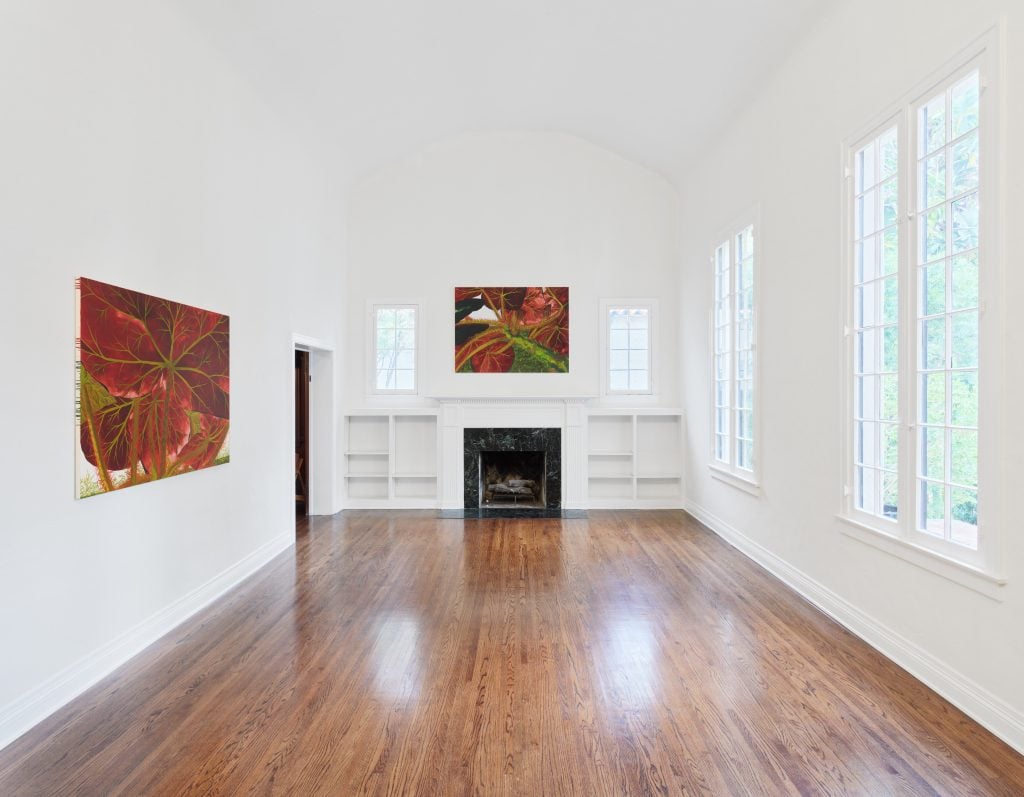
Clearing’s gallery in Los Angeles. Photo courtesy of Clearing.
It seems easier these days for midsize-to-large galleries to simply sell via PDF, rather than do the career-building work for an artist.
Is it, really? I don’t think it is. It looks like that for a minute, but not everyone is thriving by working like that. I mean, you can do that. Some galleries do that. I definitely don’t want to do that.
How do you manage the duality of being based in Belgium and the U.S., and are you thinking of expanding further?
It wasn’t meant as a duality, and now we’re completely rooted in the Belgian world. We opened in Brussels when the gallery was one year old. It was not an expansion that was meant to be. It was rather more of a ruse that failed—an attempt to pretend to be international, so that we could more easily get into Liste, the art fair in Basel, given that back then it was still a very Eurocentric fair, without a strong focus on American galleries. And someone told me it was going to be very difficult for me to get into Liste, and that maybe I should pretend to be from somewhere else, and open abroad.
Brussels became quite obvious, because the first artist from the gallery, Harold Ancart, is from Brussels. It seemed very easy. That’s the great quality of Brussels. It’s the heart of Europe. The local situation itself is really rich. Especially in terms of art that has been made for centuries, and a very strong tradition of collecting. Brussels is also very affordable, sort of like Berlin.
From a ruse, you’ve become an integral part of the Brussels scene.
Having two headquarters on each side of the Atlantic has proven to be very helpful and efficient in terms of dealing with fairs. The sun does set on the Clearing enterprise, but it sets a little later, and it rises a little earlier.
What are your plans for the gallery?
I will definitely get back to you on that. First, we’re going to physically move the galleries out of their current spaces and change the set a little. Bringing the gallery to Manhattan is going to be a big move. We want to renew our vows with the artists that we started with now that they’ve risen from emerging to mid-career and continue to look for and nurture the blue-chips and the mid-careers of tomorrow. Art itself is also changing every five or 10 years, so we want to try to stay in tune, and keep our fingers on the pulse. I don’t know if that really qualifies as a strategy. It’s very vague.
And of course, expand. Get stronger in every department, and maybe do more publishing. I think we’re in this in-between moment. So we need to grow the roster. I think the new gallery space [in Manhattan] will give us a lot of leverage for that: to keep the artists we have, keep them engaged, and to engage with new artists. We need to grow our team too, and once we’ll have gotten a stronger roster, and a bigger, stronger staff, yeah, why not open in Paris?
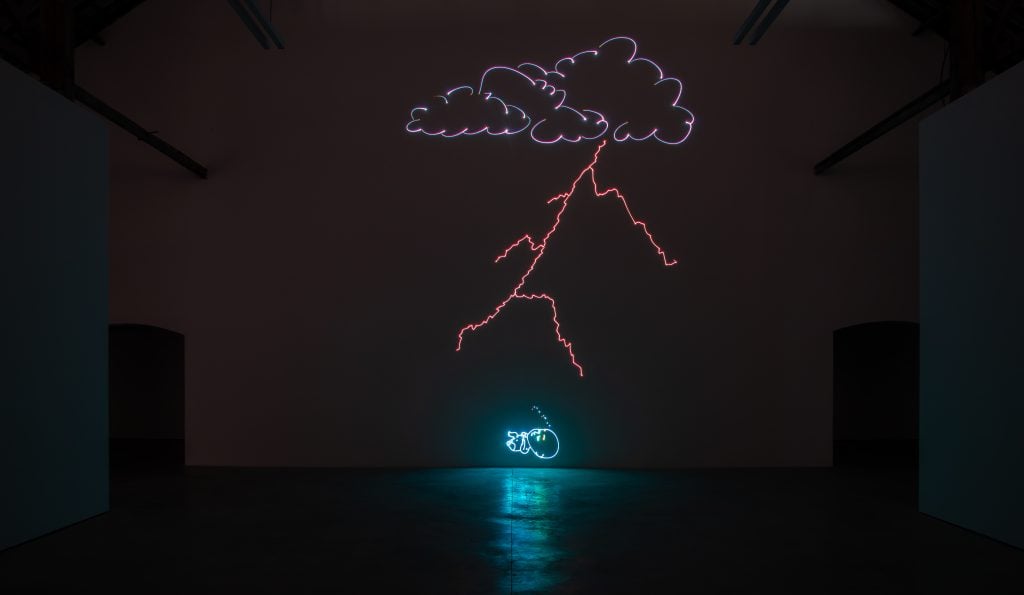
Clearing’s gallery in Brussels. Photo courtesy of Clearing.
Paris seems very attractive right now.
When I left Paris 10 years ago it was still very much a city of the 20th century, and now I find it more engaging and more in sync with the international context. Paris is gorgeous and fun, and there’s a lot to be done there that hasn’t been done yet.
Do you have any advice about navigating the art market right now?
I don’t know. I feel bad for people who made statements about NFTs six months ago that are so off today. The art market is very much at the end of the food chain, so if everything goes well, the art market goes well. And when the rest of the world collapses, we’ll collapse too. But we have proven pretty resilient.
Can you reveal more about this move to Manhattan? Why now?
It’s time. We have a great space in Bushwick… but the artists who started with us are probably not willing to show endlessly in Brooklyn. We always have a big crowd show up for openings, but on a daily basis the foot traffic is not what we could expect in Manhattan, and that’s a legitimate expectation and desire from artists: to have their exhibitions seen by as many people as possible. I’m really looking forward to giving you the new address.
